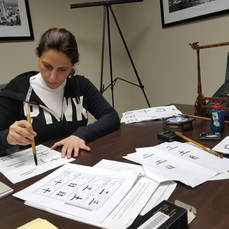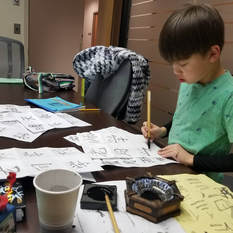|
HEADQUARTERS
25 Melville Park Road, Suite 72 Melville, NY 11747 CLASS LOCATIONS - 25 Melville Park Road, Suite 72 Melville, NY 11747 - 2 West Main Street, Bay Shore, NY 11706 -1225 Franklin Avenue, Garden City, NY 11530 Modified 06/18/2024 |
STAY IN TOUCH
Copyright © 2010- 2024
All Rights Reserved by JP Language Institute | JPLI LLC |
■ Contact us
■ About us ■ Employment ■ Internship opportunities ■ Become an agent ■ Visit Art Gallery ■ Feedback ■ Covid-19 Policy ■ Privacy Policy |



